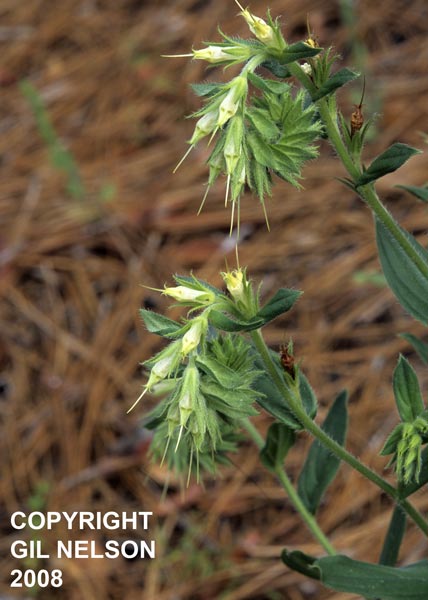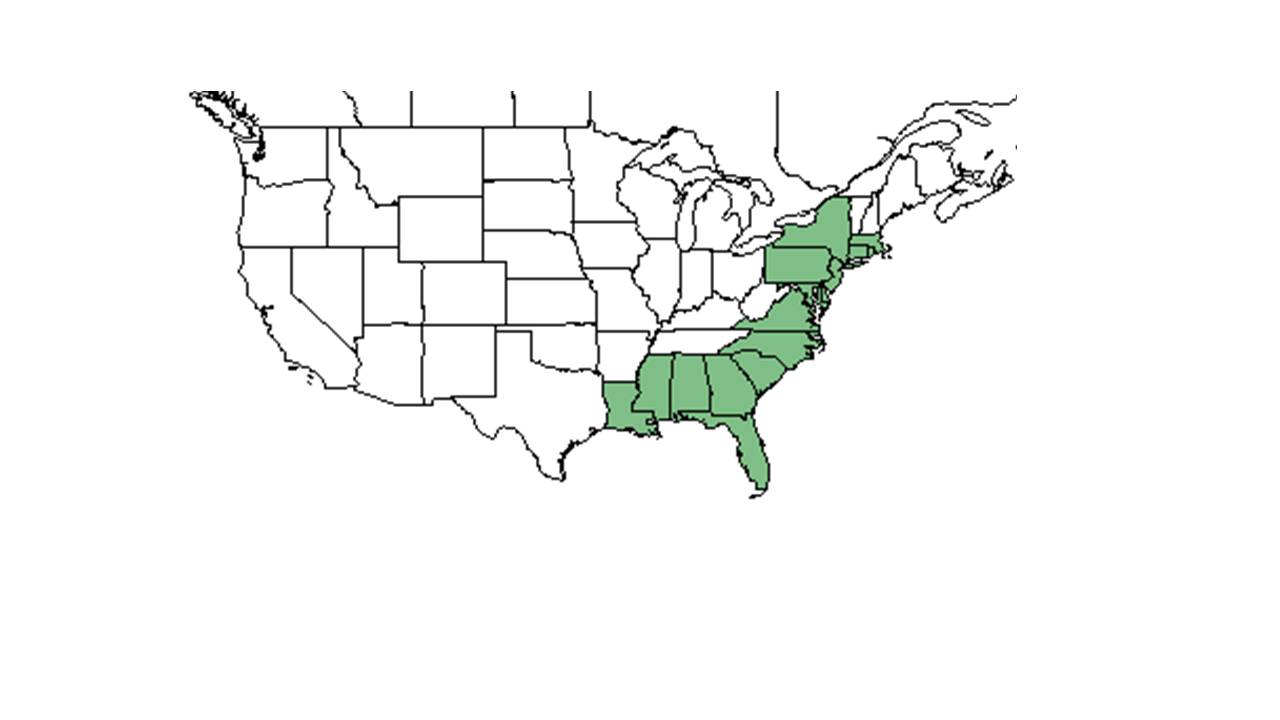Difference between revisions of "Lithospermum virginianum"
(→Ecology) |
|||
| Line 40: | Line 40: | ||
===Fire ecology=== <!--Fire tolerance, fire dependence, adaptive fire responses--> | ===Fire ecology=== <!--Fire tolerance, fire dependence, adaptive fire responses--> | ||
This species has been found in habitat that is maintained by frequent fires.<ref name="FSU Herbarium"/> | This species has been found in habitat that is maintained by frequent fires.<ref name="FSU Herbarium"/> | ||
| − | <!--===Pollination | + | <!--===Pollination and use by animals===--> |
| − | |||
<!--===Diseases and parasites===--> | <!--===Diseases and parasites===--> | ||
| + | |||
==Conservation, cultivation, and restoration== | ==Conservation, cultivation, and restoration== | ||
Revision as of 15:49, 14 June 2021
| Lithospermum virginianum | |
|---|---|

| |
| Photo taken by Gil Nelson | |
| Scientific classification | |
| Kingdom: | Plantae |
| Division: | Magnoliophyta - Flowering plants |
| Class: | Magnoliopsida – Dicotyledons |
| Order: | Lamiales |
| Family: | Boraginaceae |
| Genus: | Lithospermum |
| Species: | L. virginianum |
| Binomial name | |
| Lithospermum virginianum (L.) A. DC. | |

| |
| Natural range of Lithospermum virginianum from USDA NRCS Plants Database. | |
Common names: Wild Job's tears, Virginia marbleseed[1]
Contents
Taxonomic notes
Synonyms: Onosmodium virginianum (Linnaeus) A.L.P.P. de Candolle.[1]
Varieties: none.[1]
Description
Lithospermum virginianum is a perennial herbaceous species.
Distribution
L. virginianum ranges from Louisianna to Florida, and north along the Coastal Plain to New York and Massachusetts. Though it is rare, the species is found in North Carolina.[1]
Ecology
Habitat
L. virginianum grows in dry loamy sand, like that which occurs in sandhill and longleaf pine-scrub oak sand ridge communities, as well as disturbed habitat, including roadsides and power line corridors.[2] Weakley (2015) reports that in the Southern and mid-Atlantic states, it is restricted to highly acidic sands in fall-line sandhills and circumneutral soils derived from mafic rocks (Piedmont), calcareous rocks (Mountains), or calcareous shell (Coastal Plain).[1]
Phenology
This species flowers from April through September and May through October.[1]
Fire ecology
This species has been found in habitat that is maintained by frequent fires.[2]
Conservation, cultivation, and restoration
Cultural use
Photo Gallery
References and notes
- ↑ 1.0 1.1 1.2 1.3 1.4 1.5 Weakley, A.S. 2015. Flora of the southern and mid-atlantic states. Working Draft of 21 May 2015. University of North Carolina at Chapel Hill, Chapel Hill, North Carolina.
- ↑ 2.0 2.1 Florida State University Robert K. Godfrey Herbarium database. URL: http://herbarium.bio.fsu.edu. Last accessed: June 2014. Collectors: M. Davis, Robert K. Godfrey, R. Komarek, Rodie White, R. A. Norris, and Loran C. Anderson. States and Counties: Florida: Jackson, Leon, and Wakulla. Georgia: Grady and Thomas.